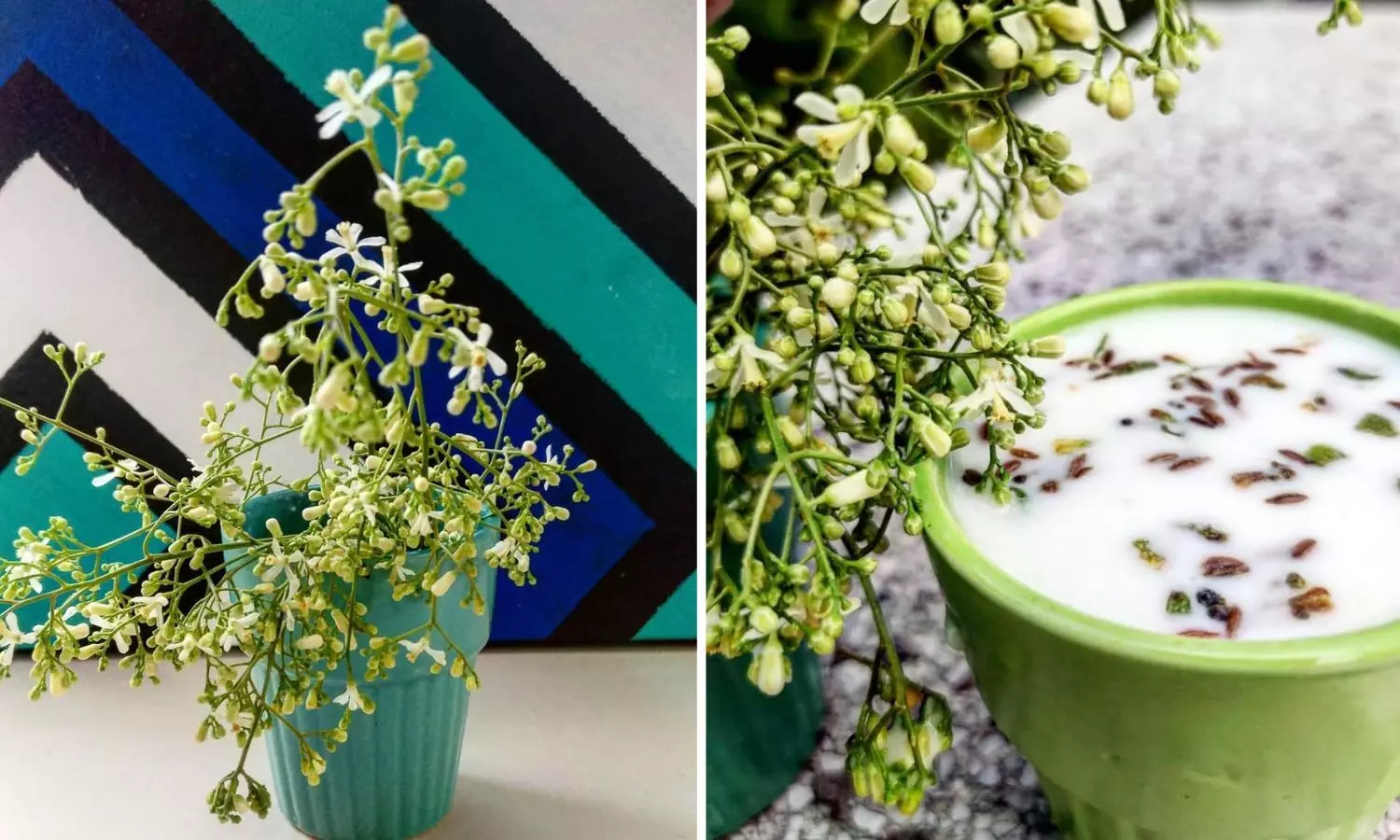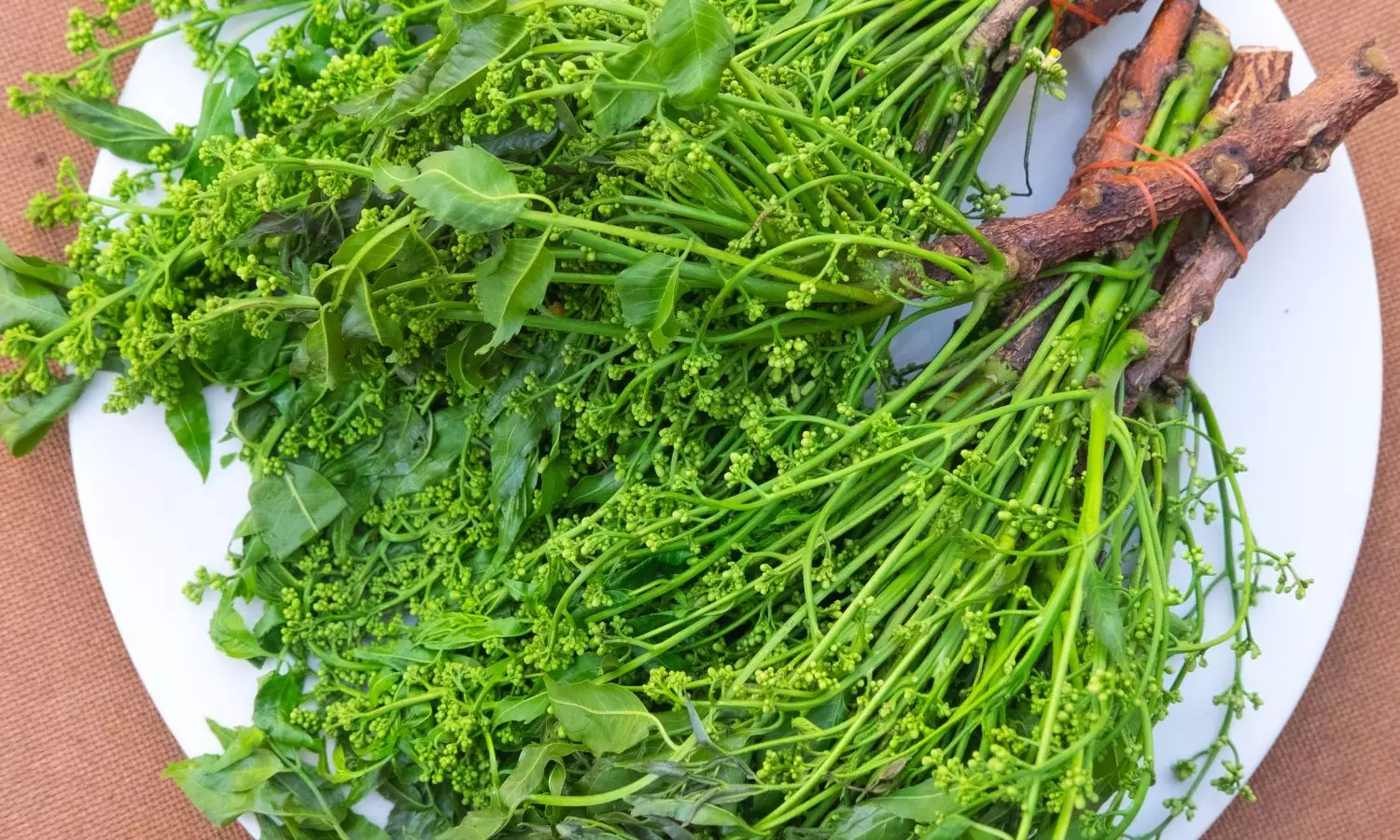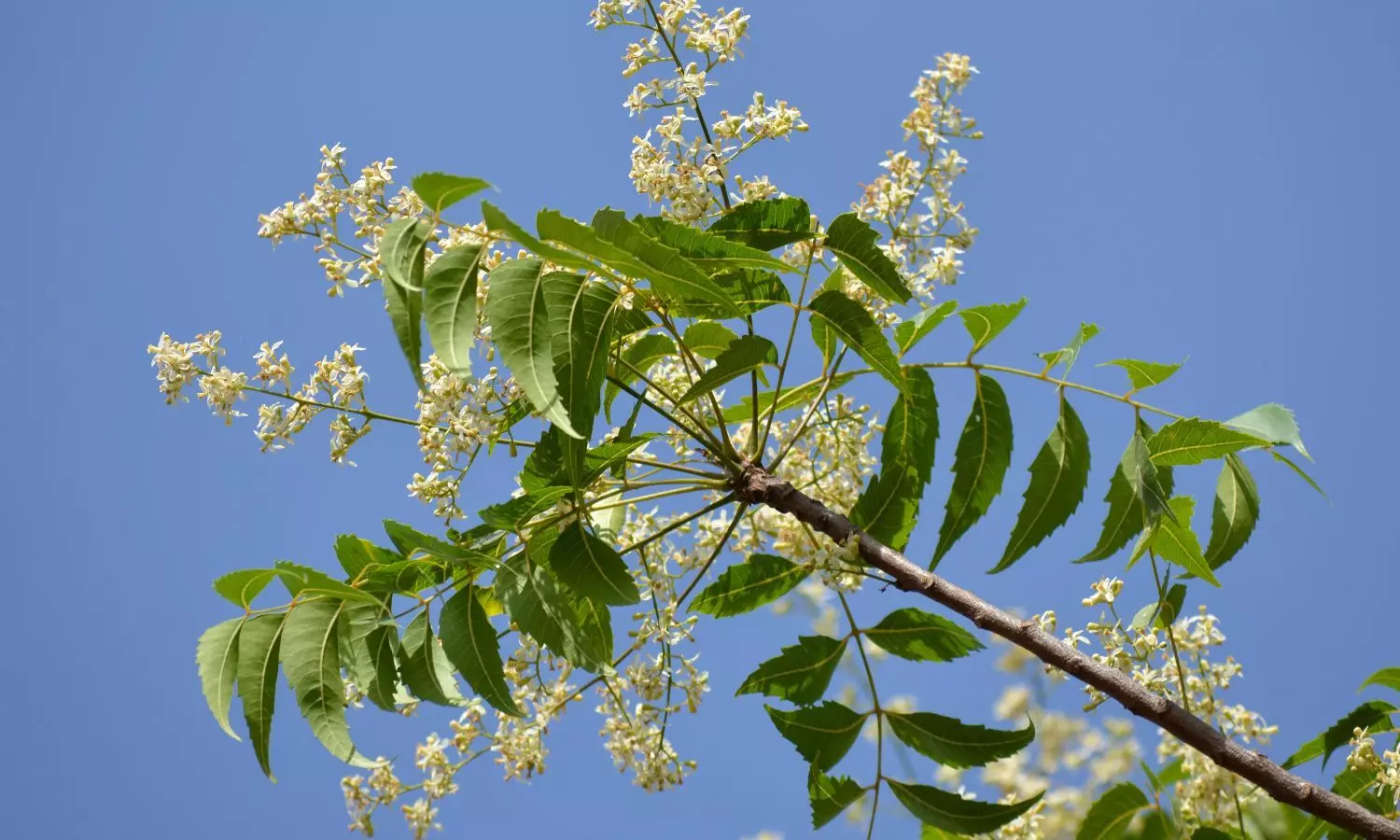While I was recovering from an illness in the then home of my elder son in Hauz Khas, the Neem trees lining the streets were flowering gregariously. It was the summer of 2020. The COVID-19 pandemic had brought the world to a grinding halt. But the Neem trees in Lutyens Delhi were flowering, like every year.
The flower laden branches from the closest tree leaned on the terrace bringing in a star shower with even a gentle breeze. I was fortunate to see the transformation of little buds to flowers and then to fruits that were devoured by hungry parakeets which descend in large numbers on the tree.
In the midst of chaos, I found solace in quietly sitting and witnessing life nestled between the labyrinth of dark rough ancient branches and a “sea of foliage” as Lutyens wanted Delhi to be.

A major part of my lockdown period was spent at my son’s home, surrounded by old but magnificent trees, some of which were more than a hundred years old. There were plenty of neem or Indian Lilac trees. Delhi has a fair share of ancient, aging Neem trees that are still full of life.
Also Read: The Goodness of the Bitter Neem
Azadirachta indica L (neem) is not just a sacred and medicinal tree but a shelter for birds, bees, squirrels, butterflies and insects of various kinds. It is a very effective air purifier too and its root bark, stem bark, gum, flower, leaves, seeds and seed oil are used for various medicinal purposes.
But this article is not about the properties and benefits of neem trees but focuses on how to dry and preserve the neem flowers or Vepampoo, as they are known in Southern India for their unique culinary uses.
Throughout South India, neem flowers are used in various food preparations. I’ve savored some but not cooked with all of them.

n the flowering season, which is January to May, you may gather these fresh flowers to sun dry and if there is a scarcity of sunny, secure places, then they can be dried under a fan too.
I’ve prepared roasted flowers crumbled on hot plain steamed rice, tossed in ghee with hing and added to rice, eaten with jaggery, Ugadi Pachadi (Bevu Bella in Kannada), dry podi, raita, raw mango neem flower pachdi, rasam, tea and neer moru/ masale majjige/ buttermilk infused with the blossoms. Then there is kozambu and yummy sadam with mor milagai / dried green chilies and dried neem blossoms that’s out of the world.
If you aren’t adverse to light bitterness then you’ll find neem blossoms very delicious. The blossoms are known to cleanse the system among other medicinal benefits.
Also Read: Keeping Cool This Summer With Kambu Koozhu
How to dry and preserve neem flowers
Here is a step by step method of drying and preserving neem blossoms. The process is pretty simple. In the flowering season, which is January to May, you may gather these fresh flowers to sun dry and if there is a scarcity of sunny, secure places, then they can be dried under a fan too.
Collect the fresh tenderly fragrant blossoms in a clean bowl or sheet of cloth.
Separate the neem flowers from the leaf axil by holding the stem in the left hand and pulling the flowers by dragging your fingers from bottom upwards to separate the blossoms.
Once you have all the tiny blossoms separated, take a large clean utensil and fill it with drinking water. Dip these flowers gently in it so that all the dust and dirt gets washed. Leave them there for 1-2 minutes and then slowly scoop them into a plate.

The flower laden branches from the closest tree leaned on the terrace bringing in a star shower with even a gentle breeze.
Spread kitchen towels or a clean cloth on a flat surface and spread the flowers on it. You may use a large tray if the quantity of blossoms is less.
Let them dry under the sun from morning till evening and bring them in at night. Keep them under the sun till they’re completely dry and there is no trace of moisture. Drying under the fan takes more time. I did that as the house cat and her new kittens were all over the terrace. It will take at least 2-3 days minimum for them to dry completely.
The sign that they are ready for storage and use is to lightly crush them. If they are crisp and crush easily then it’s ready.
Bring in the dried browned flowers to the kitchen counter and let them rest for a while so that they come to room temperature. Store them in clean and dry airtight jars and use as and when required.
You can use fresh flowers too after washing them as some recipes require the use of fresh ones.
Also Read: The raw and beautiful mango
Recipe
Here is a recipe for Vepampoo Neer Moru / Spiced Buttermilk tempered with fresh neem blossoms
Ingredients :
Fresh Neem or Vepampoo Blossoms – 2-3 tsp full
Ghee or Clarified butter – 1 tbsp
Dry Whole Red Chili – 1 small
Green chili – 1 broken in 2-3 pieces
Cumin Seeds – 1 tsp
Grated ginger – 1 tbsp
Fresh Yogurt (Preferably Home cultured) – 1 cup
Water – 2 cups
Salt to taste
Asafoetida – 1 pinch
(You can use fresh buttermilk too instead of making one)
Heat an iron seasoning ladle or a small seasoning wok and add ghee to it. Once the ghee warms add cumin seeds. When they crackle, add whole broken red chili, green chili pieces, asafoetida (Hing) and fresh neem blossoms.
The moment you get an aromatic fragrance remove from heat and keep on counter to cool. Remove the red chili if your heat threshold is less. You may use just one variety of chili too.
Add it to the fresh buttermilk and stir. Add salt and grated ginger and stir well.
Or
Blend the curd with water, salt, grated ginger properly and then add the prepared Vepampoo tempering. Mix everything well and serve. You can have this Vepampoo infused neer moru at room temperature or chilled. It is extremely cooling in the heat of summer and the addition of neem blossoms give it a beautiful aroma and taste.
Tikuli is a poet, artist, award winning blogger and internationally published author from Delhi. Her fiction, nonfiction, poetry have appeared in print and in renowned online literary magazines. She’s the author of three poetry collections.
Also Read: Beat the summer heat with Auriya – a traditional dish from Jammu’s Dogra community


















